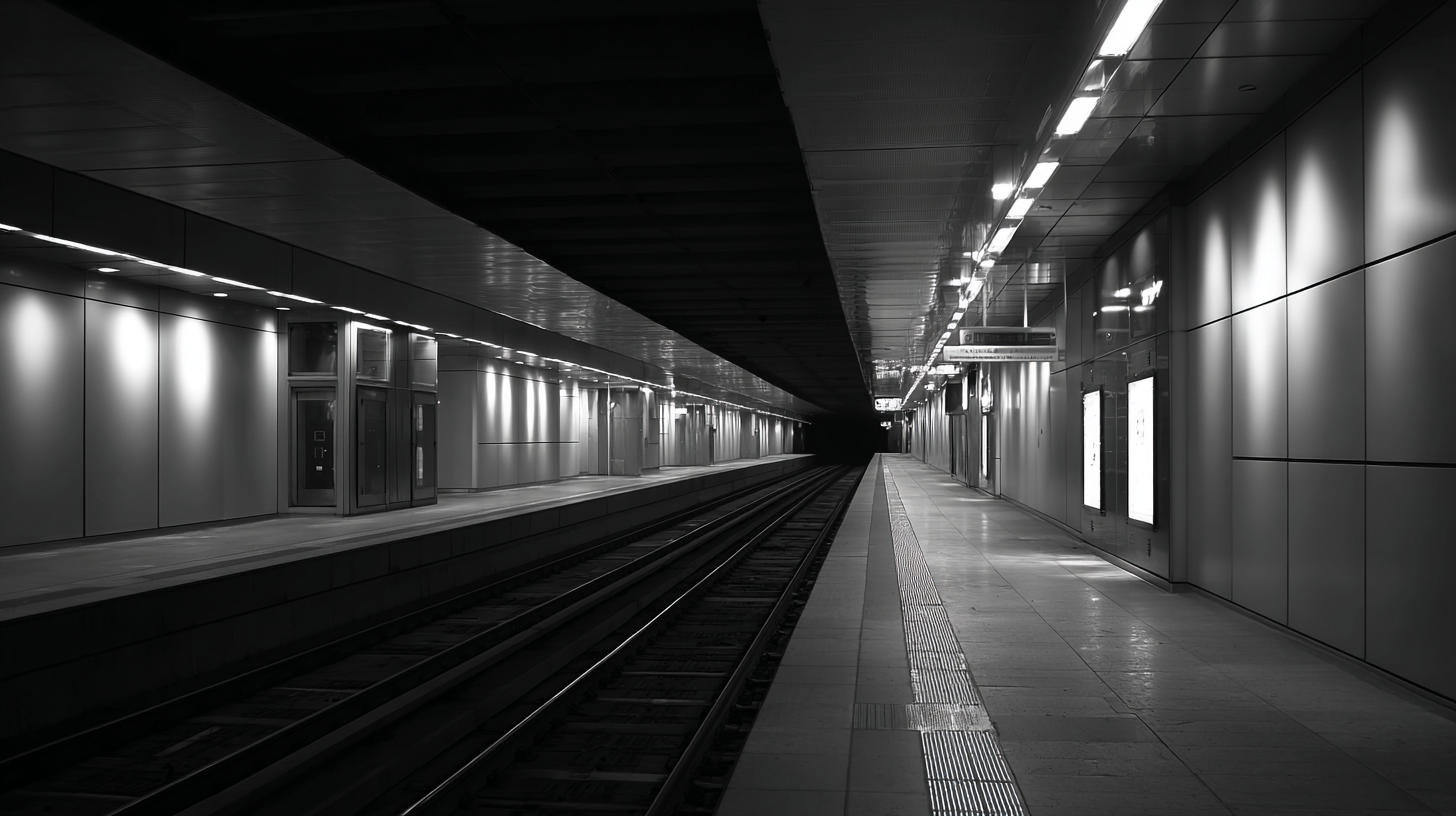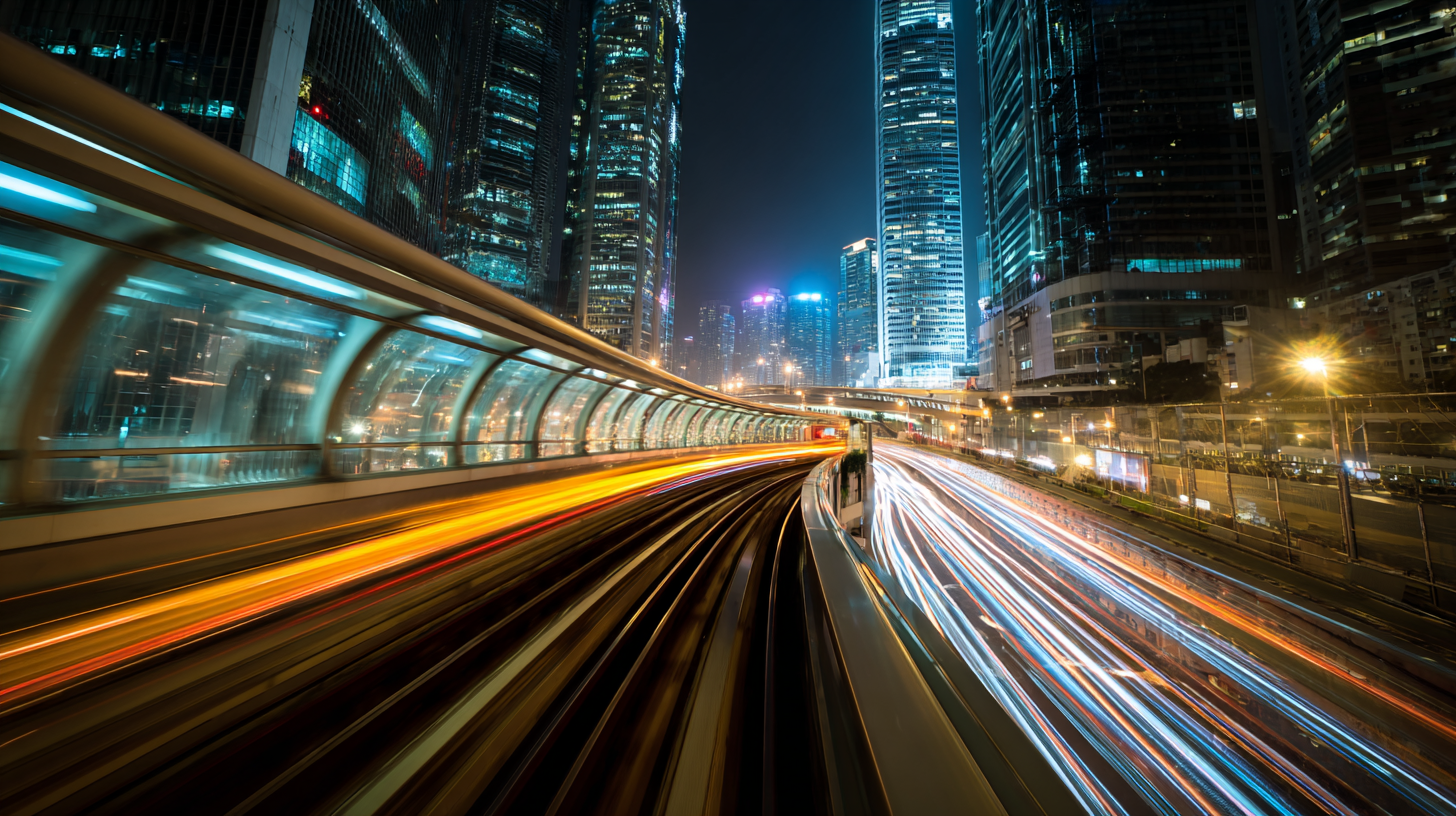Discover the Advantages of Best LED Track Lights for Your Global Business Needs
In today's competitive global marketplace, businesses are increasingly seeking
innovative lighting solutions to enhance their operational efficiency and aesthetic appeal.
The emergence of LED track lights has transformed commercial environments,
offering unparalleled flexibility and energy efficiency. According to a report by the US Department of Energy,
LED lighting can reduce energy consumption by up to 75% compared to conventional incandescent bulbs, significantly
lowering operational costs.
 Furthermore, the global market for LED lighting is projected to reach
USD 105 billion by 2025, driven by its growing adoption in various sectors, including
retail and hospitality. As companies strive to create engaging spaces that attract customers and improve productivity,
the advantages of LED track lights become clear. Embracing these cutting-edge lighting solutions not only bolsters a
brand’s reputation for quality—especially when sourced from reliable manufacturers—but also aligns with sustainability
goals that resonate with today’s environmentally conscious consumers.
Furthermore, the global market for LED lighting is projected to reach
USD 105 billion by 2025, driven by its growing adoption in various sectors, including
retail and hospitality. As companies strive to create engaging spaces that attract customers and improve productivity,
the advantages of LED track lights become clear. Embracing these cutting-edge lighting solutions not only bolsters a
brand’s reputation for quality—especially when sourced from reliable manufacturers—but also aligns with sustainability
goals that resonate with today’s environmentally conscious consumers.
Advantages of LED Track Lighting for Enhanced Energy Efficiency in 2025
As businesses prepare for the energy demands of 2025, the adoption of LED track lighting offers significant advantages in energy efficiency and cost savings. Reports indicate that the global LED market is set to grow immensely, driven by advancements in Mini/Micro LED technologies—particularly in applications such as televisions and automotive lighting. By utilizing LED track lights, companies can achieve remarkable energy savings, which are projected to reach up to 40% compared to traditional lighting solutions. This transformation not only addresses operational costs but also positions businesses to meet sustainability goals.
In the race towards enhanced lighting solutions, LED track lighting stands out for its flexibility and precision. As highlighted by recent industry trends, growth in the automotive sector is further pushing the envelope for high-quality lighting systems. The automotive industry itself is expecting significant advancements in Mini LED technology, with projections for market penetration in vehicles soaring in the coming years. Incorporating these innovative lighting solutions enables businesses to remain relevant and attractive in an increasingly competitive market, ensuring they meet customer expectations while maximizing energy efficiency and operational effectiveness.
Advantages of LED Track Lighting for Enhanced Energy Efficiency in 2025
Key Industry Trends Shaping LED Track Lighting Innovations for Businesses
The commercial track lighting market is experiencing significant growth, driven by the increasing demand for energy-efficient lighting solutions. Among the various types available, LED track lighting has emerged as a leader due to its durability, versatility, and lower energy consumption compared to halogen and incandescent options. Businesses are increasingly recognizing the long-term benefits of investing in LED technology, which not only reduces operational costs but also enhances the aesthetic appeal of commercial spaces.

In terms of application, the market is seeing a shift towards online sales, supported by the rise of e-commerce platforms that offer a wider selection of products and convenient purchasing options. Meanwhile, offline retail remains strong, particularly in sectors where hands-on experience with lighting products is essential. Regional insights indicate that North America and Europe hold significant market shares, while rapid growth is anticipated in Asia-Pacific due to urbanization and changing consumer preferences. Overall, key industry trends are shaping the future of LED track lighting, making it an essential component for businesses looking to modernize their environments.
Cost-Benefit Analysis: ROI of Implementing LED Track Lights in Global Enterprises
Implementing LED track lights in global enterprises presents a compelling case for enhanced cost efficiency and improved ROI. One of the primary benefits of LED technology is its energy efficiency. Unlike traditional lighting, LED track lights consume significantly less power while providing superior illumination. This reduction in energy consumption translates into lower utility bills, allowing businesses to reallocate those savings toward other critical areas of operation. Over time, the initial investment in LED track lighting pays for itself, making it a smart choice for companies aiming to optimize their budget.
Additionally, the longevity of LED track lights further amplifies their financial advantages. With lifespans exceeding 25,000 hours, these lights reduce the frequency and costs associated with replacements and maintenance. This not only minimizes disruption in work environments but also enhances safety and productivity by ensuring consistent lighting quality. Furthermore, many LED options come with advanced features such as dimming capabilities and smart controls, enabling businesses to tailor their lighting solutions to specific needs, further driving down operating costs. As enterprises look to improve both their environmental footprint and their bottom line, the cost-benefit analysis clearly favors the integration of LED track lights as a sustainable and economically sound investment.
Technical Advancements Driving the Future of LED Track Lighting Solutions
In the rapidly evolving landscape of commercial lighting, technical advancements are redefining the future of LED track lighting solutions. Recent studies indicate that the global LED lighting market is projected to reach $128 billion by 2027, driven by innovations in energy efficiency and smart technology integration. These advancements not only enhance the aesthetics of spaces but also significantly reduce operational costs for businesses. The latest LED track lights boast features such as advanced optics, which improve light distribution, and smart controls that allow for remote operation and dimming capabilities, catering to diverse business needs.

Tip: When choosing LED track lights, opt for products that offer programmable settings. This enables you to adapt lighting to different moods or tasks, enhancing both employee productivity and customer experience.
Moreover, the introduction of IoT-enabled LED track lighting is a game-changer for global businesses. These systems provide real-time data on energy consumption and maintenance needs, allowing businesses to optimize their lighting and reduce waste. As reliance on sustainable practices grows, implementing these smarter solutions not only aligns with environmental goals but also opens up avenues for potential cost savings and increased efficiency.
Tip: Regularly monitor and analyze your lighting system's performance using available software solutions. This can further identify trends and areas for improvement, ensuring you are always leveraging the best technology for your business requirements.
Sustainability Goals: How LED Track Lighting Supports Corporate Environmental Initiatives
As businesses increasingly prioritize sustainability in their operations, LED track lighting emerges as a powerful ally in achieving these environmental goals. Traditional lighting systems not only consume more energy but also contribute to higher operational costs and carbon footprints. In contrast, LED track lights offer a more efficient solution, utilizing less electricity while providing superior lighting quality and flexibility. This shift not only reduces energy consumption but also demonstrates a company's commitment to environmental stewardship, aligning corporate practices with global sustainability initiatives.
Moreover, the longevity of LED track lights means fewer replacements and reduced waste, further supporting eco-friendly objectives. The average lifespan of LED fixtures often surpasses 25,000 hours, significantly outpacing traditional bulbs. This durability minimizes the environmental impact associated with frequent manufacturing and disposal of lighting products. By investing in LED track lighting, businesses not only enhance their aesthetic appeal but also reinforce their sustainability narrative, appealing to ecologically conscious consumers and stakeholders. Such initiatives are increasingly essential in today's market, where corporate responsibility can influence brand loyalty and business success.
Discover the Advantages of Best LED Track Lights for Your Global Business Needs - Sustainability Goals: How LED Track Lighting Supports Corporate Environmental Initiatives
| Feature | Description | Environmental Impact | Cost Savings | Lifespan (hours) |
|---|---|---|---|---|
| Energy Efficiency | Uses up to 80% less energy than traditional lighting. | Reduces greenhouse gas emissions significantly. | Lower energy bills, resulting in substantial savings. | 50,000 - 100,000 |
| Durability | Built with robust materials, resistant to shock and vibration. | Less waste due to fewer replacements. | Reduced costs associated with maintenance and replacements. | 5 - 10 years |
| Flexibility | Easily adjustable to direct light where needed. | Optimizes lighting usage, decreasing energy waste. | Improves efficiency by reducing over-lit areas. | N/A |
| Instant Lighting | Lights up instantly without warm-up time. | Eliminates energy waste from waiting for lights to warm up. | Enhances productivity as workspaces are immediately lit. | N/A |
| Temperature Control | Produces less heat compared to traditional lights. | Reduces the need for air conditioning. | Lower cooling costs in HVAC operations. | N/A |
